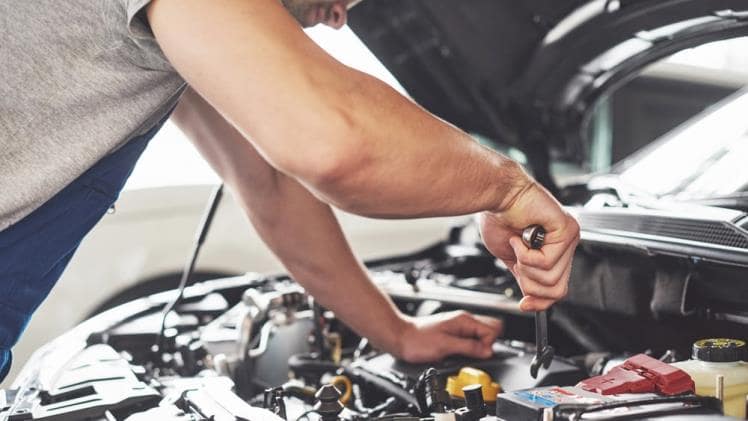Why You Should Make Getting Regular Car Service a Top Priority
As a vehicle owner, there are two terms that you should get familiar with: auto maintenance and auto repair.
Although these two terms may seem similar and are mistakenly used interchangeably, we can assure you, these terms are distinct. For clarity, auto maintenance pertains to the routine services performed on an automobile to keep it in good working condition. You can find all of these services listed in your owner’s manual along with their schedule.
The most common routine auto maintenance services include:
● Oil changes
● Brake pad replacement
● Worn tire replacement
● Battery replacement
● Filter changes
● Timing belt replacement
● Spark plug replacement
● Filling up coolant and other fluids
By comparison, auto repairs are the services performed on the car for unexpected problems that are either mechanical or cosmetic in nature. These are usually due to a malfunction of some sort.
Some common auto repair services include:
● Replacing broken sensors
● Changing flat tires
● Replacing spark plug wires
● Replacing thermostat
● Replacing ignition coil
● Replacing catalytic converter
● Fixing brakes
● Fixing coolant system
● Fixing electrical system problems
● Fixing fuel system
● Transmission repairs
● Fixing exhaust system
● Fixing air conditioning system
● Body repair due to collision
Auto Repair vs. Auto Maintenance – How They Compare
If you haven’t caught on by now, auto maintenance services are far less expensive and complex than auto repair services. That’s because it’s always going to be far easier to prevent a problem than it is to fix one.
For instance, a standard oil change runs less than $100 on most vehicles. That oil is incredibly important to the functionality of your vehicle. If you go long enough without changing your oil, it will gradually thicken and become a dirty sludge. When dirty oil runs through your vehicle, you run the risk of complete engine failure. The engine could either blow a gasket, seize up, or overheat. This puts you squarely in auto repair territory, and replacing an engine can cost anywhere between $3,000 and $5,000.
Another example in auto repair vs maintenance is in regard to tires. When it comes to tires – we get it – a brand new set is super expensive. You can easily spend $500 or more on them. However, driving on bald or chapped tires is incredibly dangerous. If you’re driving on the interstate and one of them pops or has a blowout, you’re going to be looking at significant damage to the car. It may even lead to an accident, which no one wants any part of.
Incidentally, oil changes and new tires are two of the top things that most drivers put off or forget about entirely until it’s too late. Trust us on this, it’s better to be proactive about your vehicle rather than reactive. Repairs always cost more than maintenance.
How to Stay on Top of Auto Maintenance
If you’ve looked at new cars for sale in Houston, then you’ve probably already noticed that they come with a lot of modern features that make car ownership easy. Staying on top of your maintenance shouldn’t pose a significant challenge.
In fact, most modern vehicles will tell you when you have routine services that need to be addressed. Your main screen will read something to the effect of “Service A Due” to indicate the car needs routine maintenance. As a responsible vehicle owner, try to make a point to address these service messages within a week or two of their appearance.
Additionally, most modern vehicles will give you alerts on things like low tire pressure, low coolant level, brake pad wear, and other things of that nature. Typically, an alert like this requires immediate attention but can be easily remedied on your own. Low tire pressure, for instance, should take nothing more than a quick visit to your local air machine.
Another great way of staying on top of your vehicle’s auto maintenance is by referring to your owner’s manual. It will tell you everything that you need to know about what your vehicle needs service-wise and when it’s due. A great way to make sure that you don’t forget to address these services is by plugging in reminders into your smartphone calendar. For instance, you should be getting an oil change approximately every 3,000 miles or every six months (whichever occurs first).
Car Warranties and Coverages Are Your Friend
If you’re shopping for new cars, make sure to pay particularly close attention to the warranty and coverages that come with the car. Oftentimes, dealerships will provide a suite of included services such as oil changes and other routine maintenance. Not only does this keep your car in tip-top condition at no additional cost, but you’re effectively preventing any large repair jobs needed.
Just make sure that you stick to the schedule. Many dealerships will null and void certain coverage or warranties if the car is not brought in by certain dates. Make sure to read the paperwork on that closely and set reminders in your phone.

